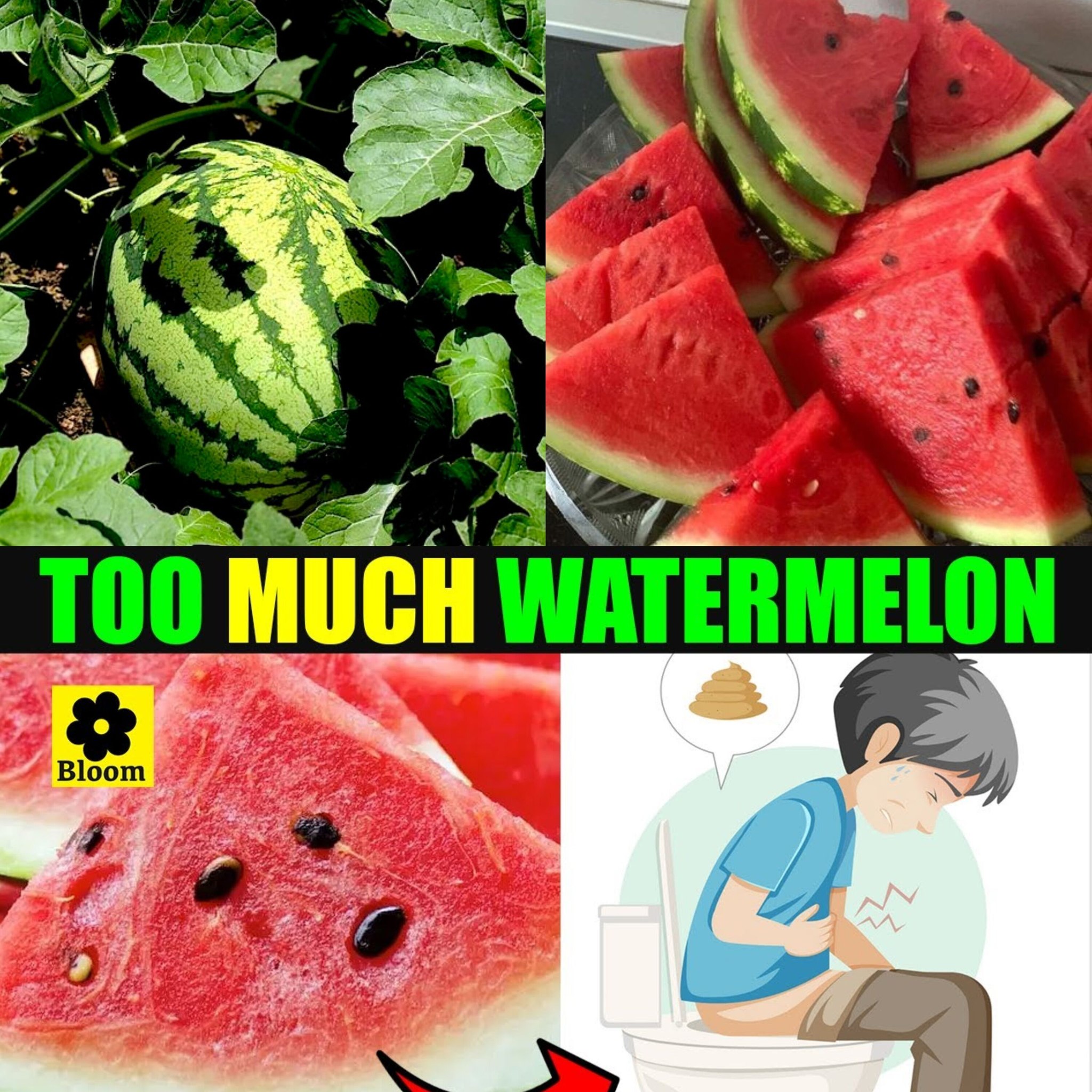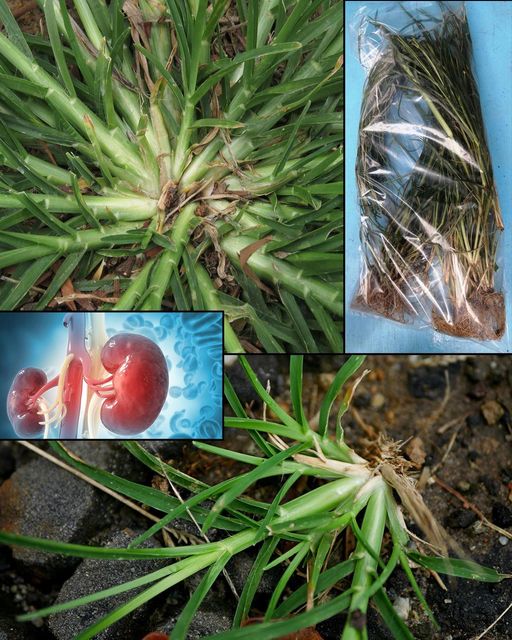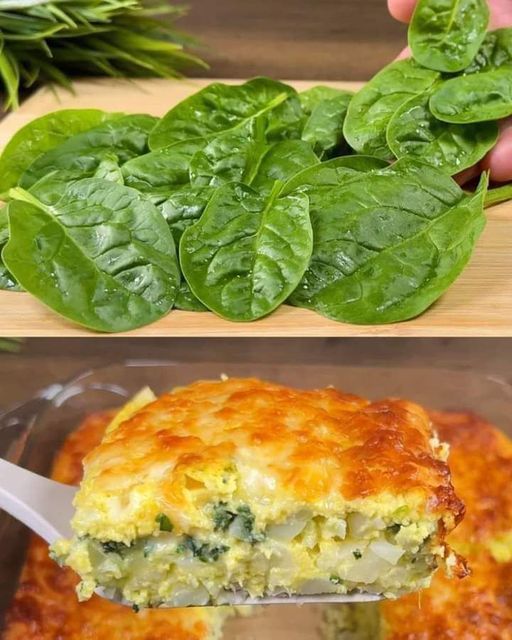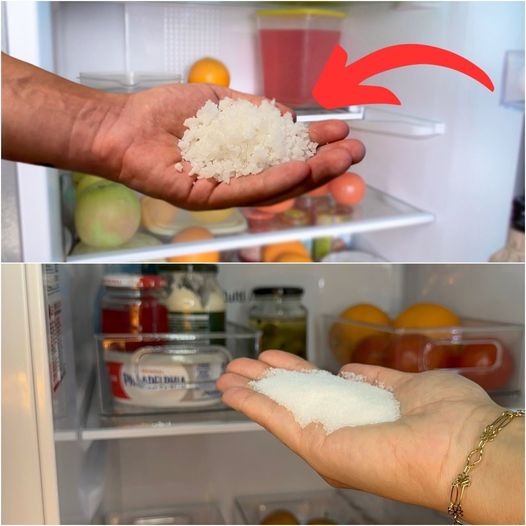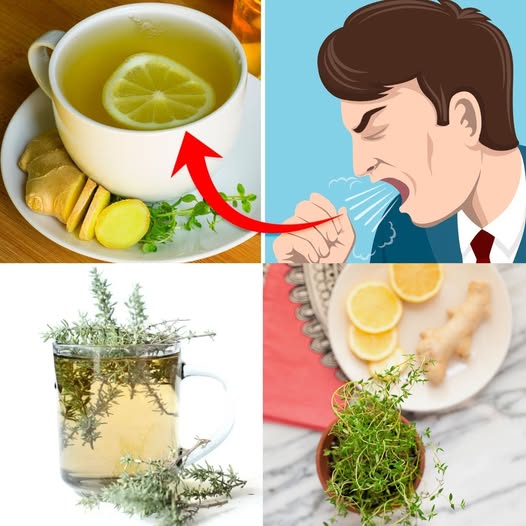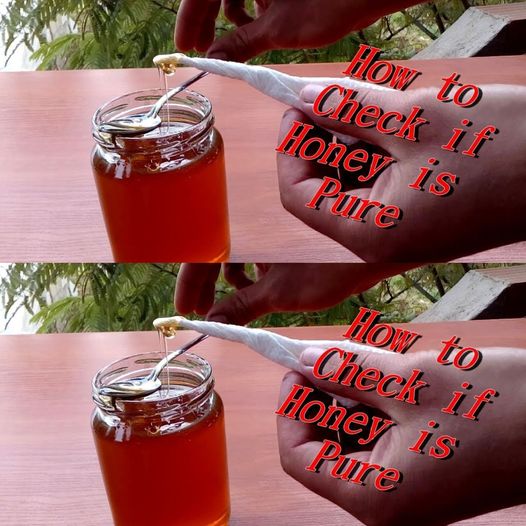
Materials Needed:
- Water (preferably in a glass)
- White paper or blotting paper
- A matchstick or lighter
- Vinegar
- Bread
Methods to Test Honey Purity:
- The Water Test:
- Fill a glass with water.
- Add a teaspoon of honey into the glass.
- If the honey is pure, it will settle at the bottom of the glass without dissolving quickly. Adulterated or fake honey will start dissolving in the water.
- The Thumb Test:
- Place a small drop of honey on your thumb.
- If the honey spreads or spills around, it is likely impure. Pure honey should stay intact and not spread easily.
- The Flame Test:
- Dip a matchstick into the honey.
- Strike the match to see if it lights up.
- Pure honey will allow the matchstick to ignite because it doesn’t contain water. If the honey is impure or has moisture added, the matchstick will not light.
- The Paper Test:
- Drop a small amount of honey onto white paper or a blotting paper.
- If the honey is pure, it will remain on the surface and not be absorbed. Impure honey with water or other substances will soak into the paper.
- The Vinegar Test:
- Mix a tablespoon of honey with a little water.
- Add a few drops of vinegar to the mixture.
- If the mixture starts to foam, the honey may have been adulterated with chalk or another additive.
- The Bread Test:
- Spread honey on a piece of bread.
- If the honey is pure, the bread will harden after some time due to the low water content. Fake or adulterated honey will make the bread soggy because of the moisture.
These tests are simple ways to check if your honey is pure without any special equipment!

